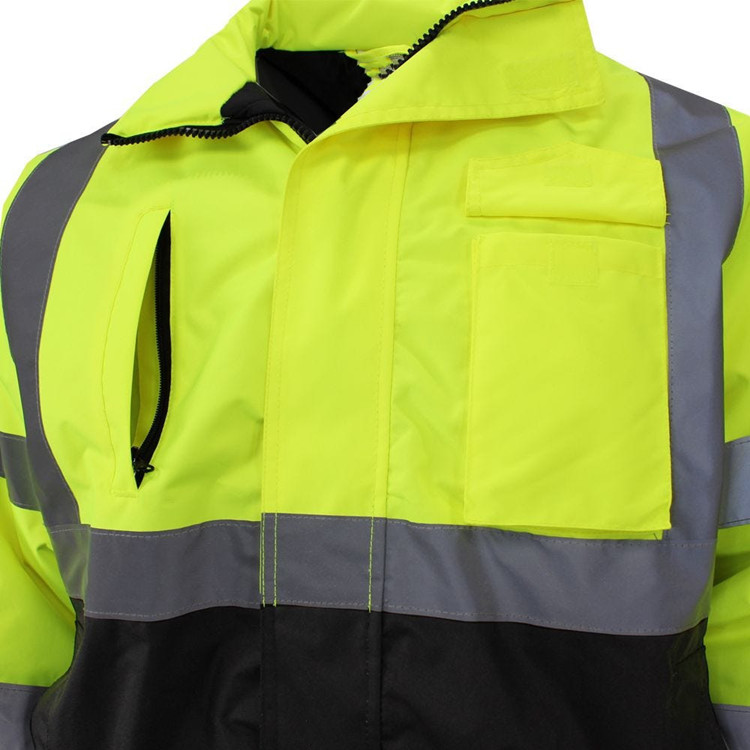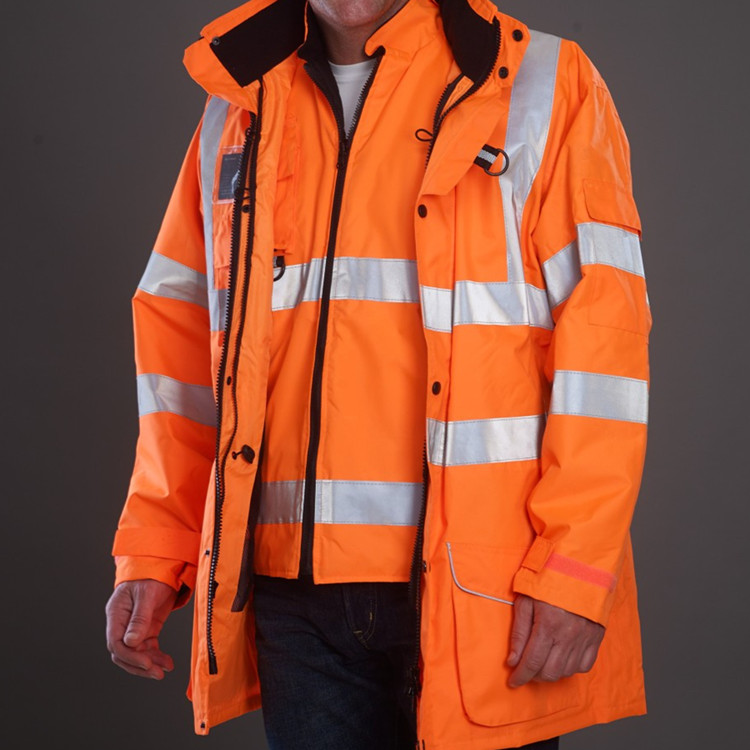Implantation memory method: or retrieve memories for Alzheimer's patients
Compilation: Jingjing Li Alzheimer's disease is commonly referred to as Alzheimer's disease. The pathology is: Amyloid plaques accumulate in the brain and prevent brain cells from communicating information. The patient usually loses episodic memory, such as not remembering where to park the car and where to put the key. Forgetting the information of these everyday scenes undoubtedly brings great inconvenience to the lives of the elderly. Fortunately, the United Kingdom’s “The Telegraph†reported that there are experimental studies in the United States that patients with Alzheimer’s disease are expected to recover memories, remember their loved ones and return home! "Engraft Memory Method" Effectively Improves Patient's Memory The study was funded by the Defense Advanced Research Projects Agency (DARPA) and is dedicated to exploring ways to improve episodic memory. When the patient's memory is formed, the researchers record it and then play it back in the patient's brain. The results of the trial on 10 patients showed that this approach can improve the patient's memory by 37%. The specific experimental steps are as follows: The researchers recruited 10 patients with epilepsy who had participated in other brain studies as subjects (ear electrodes have been implanted) and asked them to carefully observe a simple figure (such as a color block) and at the same time, their brain activity. It will be recorded; the researcher then clears the screen and asks the subject to select the correct graphic from the five options. When a subject participates in a memory task, the electrode implanted in his head simultaneously monitors his brain activity and feedbacks later. The researchers found that when the recorded memory was played back in the experimental hippocampus, the subject’s memory was increased by 37%. (The hippocampus is the key brain area responsible for memory formation and it is also one of the first areas affected by Alzheimer's disease). In the second set of experiments, the researchers showed the subject a high-resolution photo and paused. After 75 minutes, the researchers asked the subjects to select the 4 or 5 photos on the screen that they had just seen. They found that memory playback increased the subject’s memory by 35%. Is a "boost agent" for human memory rather than a "replacement" Professor Robert Hampson, professor of physiology and neurology at the Wake Forest Baptist Medical Center in the United States, commented that “this study proves that we can reach the patient’s memory, strengthen it, and feedback it to the patient itself. Even if the patient’s memory is impaired, it is possible to identify the discharge pattern of the correct information and distinguish it from the wrong pattern, and then record the correct pattern into the patient’s brain to help the patient form the correct new memory. A substitute for memory, but a booster." Hampson thinks this technology has a lot of room for development. He hopes that in the future, this technology will help patients with a declining overall memory to remember certain specific issues, such as home address, appearance of grandchildren, and so on. This system allows implants to be implanted into the human brain, continuously improving the patient's ability to code and store new information. And such a closed-loop system that can continuously read, analyze, and support the patient's inherent memory function is still in development. At that time, the patient needs to return to the clinic regularly to ensure that the system is working properly. As Professor Hampson said, the results of this research are of great significance. It is the first time that scientists have successfully identified the patient's own brain cell memory code (model) and used this code to write to improve memory. It is a first step and an important step for scientists in the treatment of memory loss. Many British experts in related fields also said that the study provided an important cornerstone for humans to further understand "memory formation," and provided new ideas for exploring Alzheimer's disease therapies. This complex technology is not mature enough and needs more funds to support subsequent polishing.
Safety Jacket Reflective, rain safety reflective, safety work wear jacket, hi viz safety jacket, safety jacket parka, waterproof safety jackets supplier.
We have been this field for more than 10 years. And we have certificate like EN ISO 20471, BSCI, GES, CE, OEKO and etc.
We support sample service and try order.
Safety Jacket Reflective,Rain Safety Reflective,Safety Work Wear Jacket,Safety Jacket Reflective For Sale Suzhou Golden Gamrnet MFG Co.,Ltd , https://www.suzhoumfg.com




